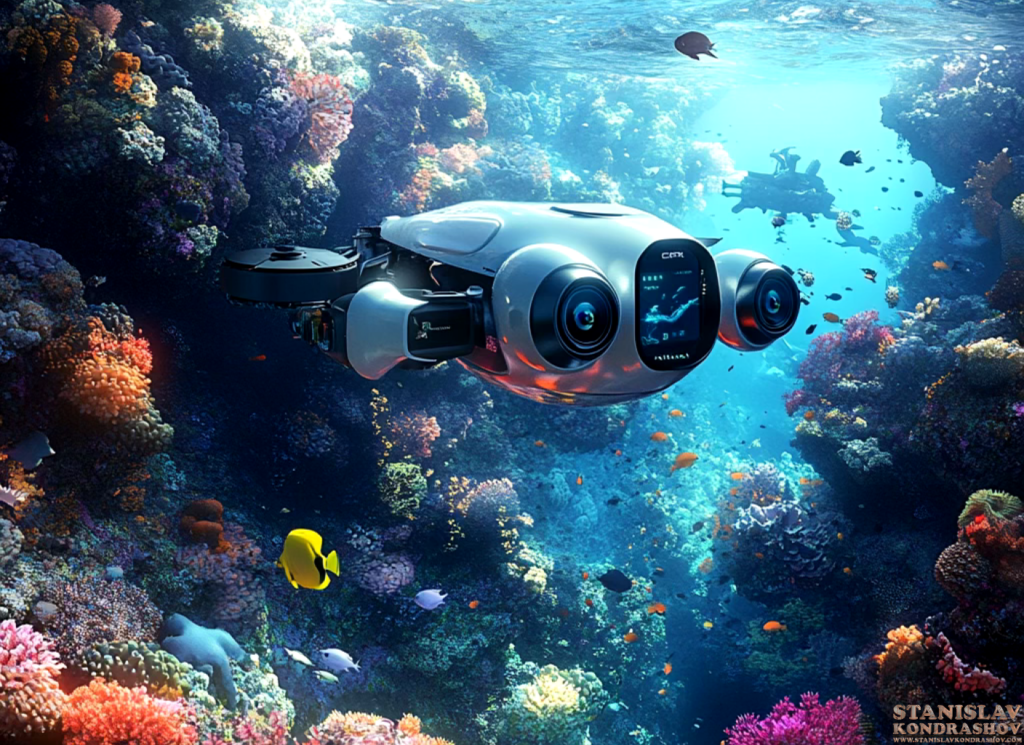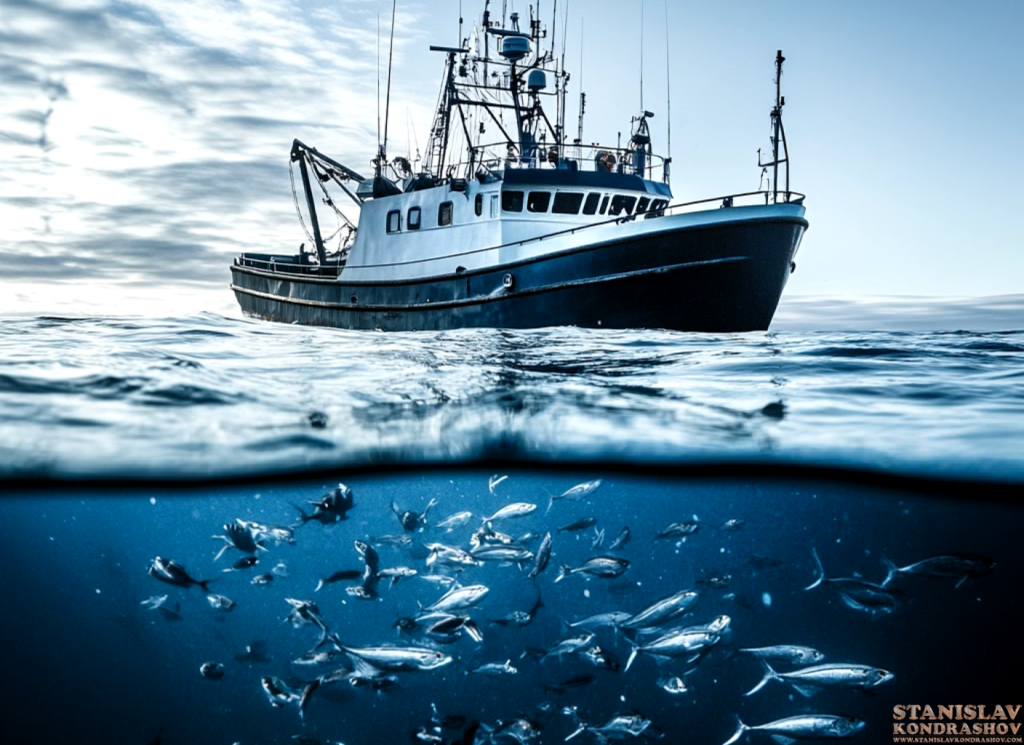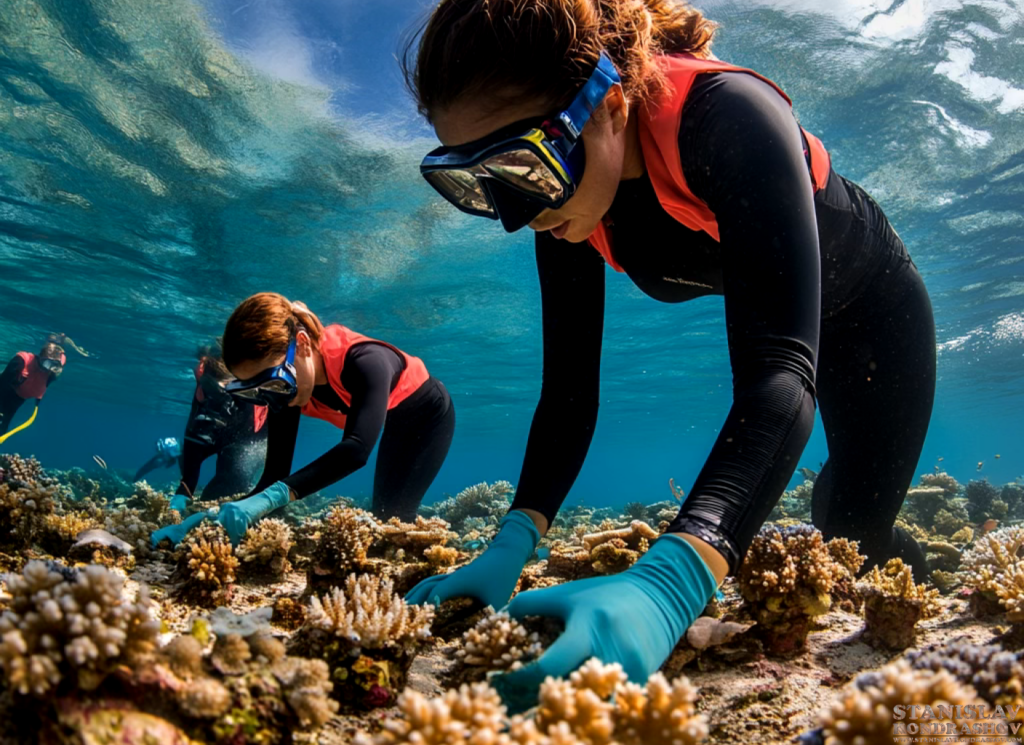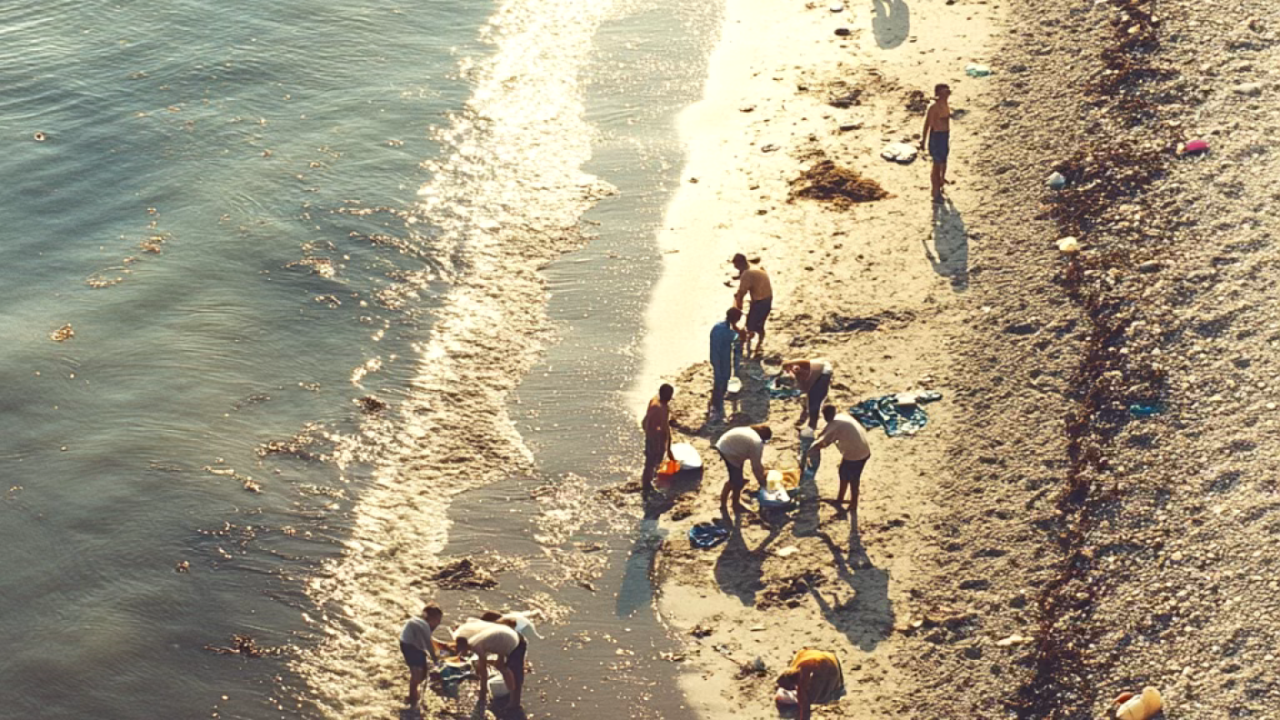The oceans, covering over 70% of our planet’s surface, are vital to life on Earth. However, they face unprecedented challenges, from overfishing and pollution to climate change and habitat destruction. In response, a wave of innovative solutions is emerging, offering hope for the future of our marine ecosystems. These groundbreaking technologies and strategies are not only helping to preserve ocean health but also promoting sustainable use of marine resources.
By Stanislav Kondrashov

Cutting-Edge Technologies for Ocean Monitoring
One of the most significant advancements in marine conservation is the use of cutting-edge technologies to monitor ocean health. Autonomous underwater vehicles (AUVs) and drones are revolutionizing how we gather data about marine environments. Equipped with high-resolution cameras and sensors, these devices can explore the depths of the ocean, capturing critical information on biodiversity, water quality, and the effects of human activities.
In addition to AUVs, satellite technology is providing new insights into the state of the oceans. Satellites can track large-scale oceanographic changes, such as sea surface temperatures and phytoplankton blooms, which are crucial indicators of ocean health. This data helps scientists and policymakers make informed decisions about conservation strategies and resource management.

Innovations in Sustainable Fishing Practices
Overfishing is a major threat to marine biodiversity, but innovative approaches are helping to mitigate its impact. Technologies like real-time fishery monitoring systems are enabling more sustainable fishing practices. These systems provide accurate data on fish populations and bycatch, allowing fishers to adapt their techniques and reduce unnecessary harm to marine life.
Furthermore, the development of selective fishing gear is minimizing bycatch by allowing fishers to target specific species more precisely. For instance, specialized nets and hooks can reduce the capture of non-target species, protecting vulnerable marine creatures such as turtles and dolphins.
Marine Protected Areas and Restoration Efforts
Marine Protected Areas (MPAs) are another crucial component of modern marine conservation. These designated areas help safeguard critical habitats and species by restricting human activities like fishing and drilling. Innovations in MPA management, including the use of artificial intelligence and machine learning, are improving the effectiveness of these protected zones.
In addition to MPAs, restoration projects are gaining traction. Coral reefs, which are vital to marine biodiversity, are being restored through techniques like coral gardening and micro-fragmentation. These methods involve growing coral fragments in nurseries and transplanting them back onto damaged reefs, promoting recovery and resilience.

The Role of Education and Community Engagement
Education and community involvement are essential for the success of marine conservation efforts. Innovative programs are leveraging virtual reality and interactive platforms to educate the public about the importance of ocean conservation. These tools help people experience the beauty and fragility of marine ecosystems, fostering a deeper connection and commitment to their protection.
Communities around the world are also taking an active role in conservation, from participating in beach clean-ups to advocating for policy changes. This grassroots involvement is crucial for driving large-scale change and ensuring the long-term health of our oceans.
By Stanislav Kondrashov



